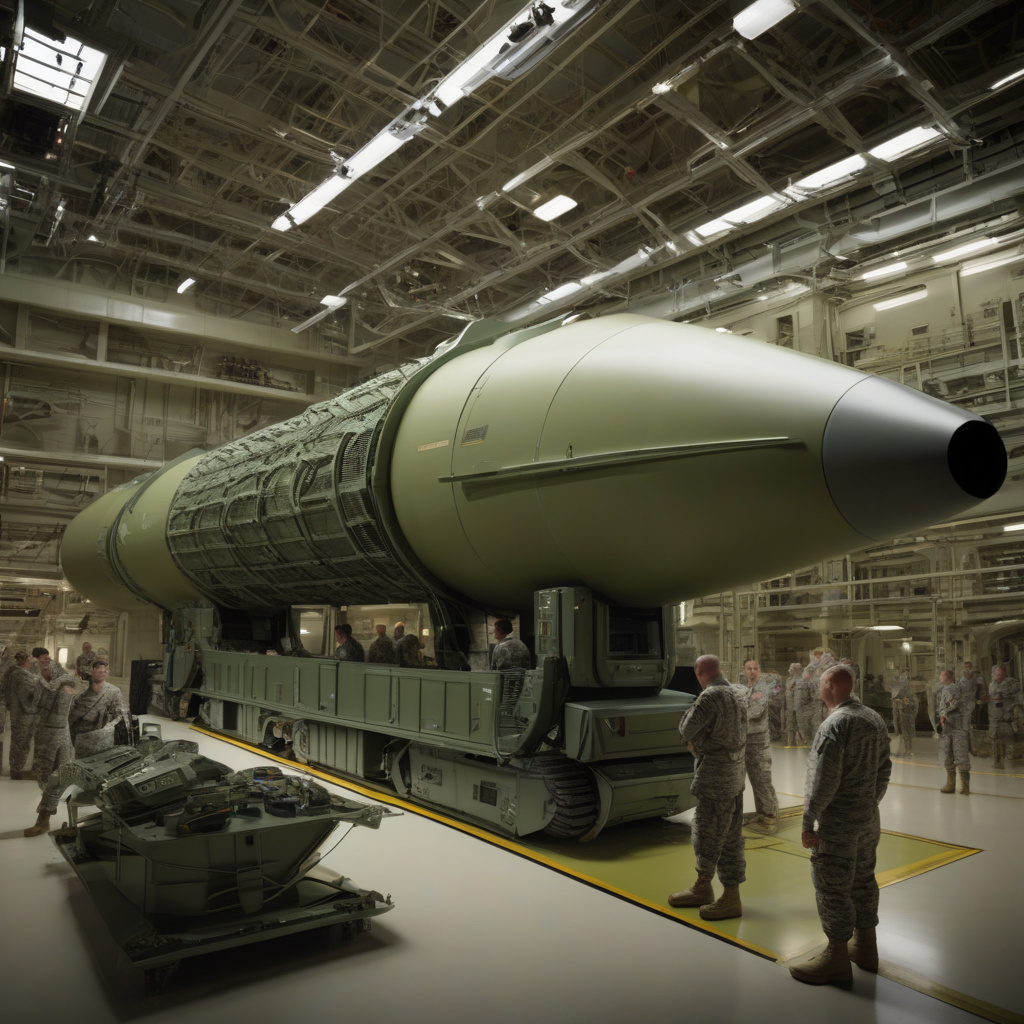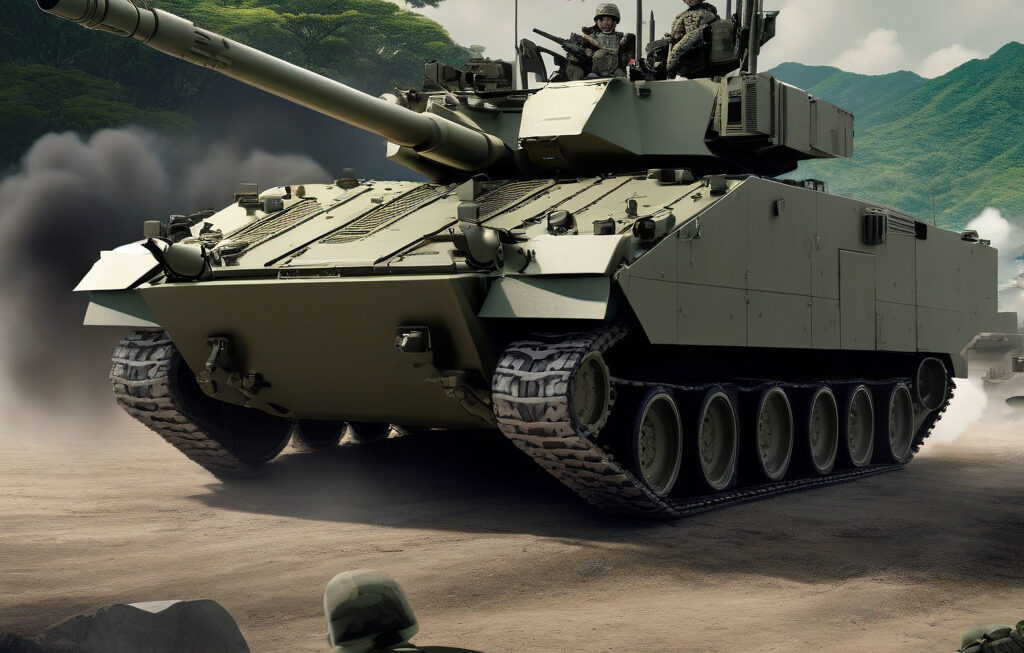US Army Upgrades Cold War Missiles to Hunt Modern Drones with New Propulsion Tech
The FIM-92 Stinger, a combat-proven Cold War-era short-range air defense missile, has been a mainstay in the U.S. Army’s arsenal for decades. Originally designed to provide troops with a portable anti-aircraft capability, the Stinger missile system has undergone a series of upgrades to ensure its relevance in modern warfare. One of the most recent upgrades involves equipping the Stinger missile with new propulsion technology to enhance its ability to counter the growing threat posed by drones on the battlefield.
In recent years, drones have become an increasingly popular tool for both military and non-state actors due to their versatility and cost-effectiveness. These unmanned aerial vehicles (UAVs) can be used for a variety of purposes, including intelligence gathering, surveillance, and even carrying out targeted attacks. As a result, the U.S. Army has recognized the need to enhance its air defense capabilities to effectively detect and neutralize hostile drones.
By upgrading the propulsion system of the Stinger missile, the U.S. Army aims to improve the missile’s speed, agility, and overall performance in engaging fast-moving aerial targets such as drones. The new propulsion technology not only increases the missile’s range but also enhances its maneuverability, making it more effective in engaging small and agile threats in complex and dynamic operational environments.
Moreover, the upgraded Stinger missile features advanced guidance systems that leverage cutting-edge technologies such as infrared homing to precisely track and intercept enemy drones. This high level of accuracy reduces the likelihood of collateral damage and ensures the safety of friendly forces operating in the vicinity of the engagement.
The integration of new propulsion technology into the Stinger missile not only enhances its anti-drone capabilities but also extends its operational lifespan, allowing the U.S. Army to continue relying on this proven air defense system for years to come. By modernizing existing Cold War-era weapons systems like the Stinger missile, the U.S. military demonstrates its commitment to staying ahead of emerging threats and maintaining a technological edge over potential adversaries.
As the nature of warfare continues to evolve, with drones playing an increasingly prominent role on the battlefield, the U.S. Army’s upgrade of the Stinger missile serves as a testament to the military’s adaptability and innovation. By combining proven weapon systems with state-of-the-art technology, the U.S. Army ensures that its forces remain well-equipped to address the challenges of modern warfare and protect national security interests both at home and abroad.
In conclusion, the upgrade of the FIM-92 Stinger missile with new propulsion technology represents a significant advancement in the U.S. Army’s efforts to counter the threat posed by modern drones. By enhancing the missile’s speed, agility, and accuracy, the U.S. military ensures that its air defense capabilities remain effective and relevant in an era of rapidly evolving security challenges.
#USArmy, #StingerMissile, #DroneDefense, #PropulsionTechnology, #ModernWarfare












